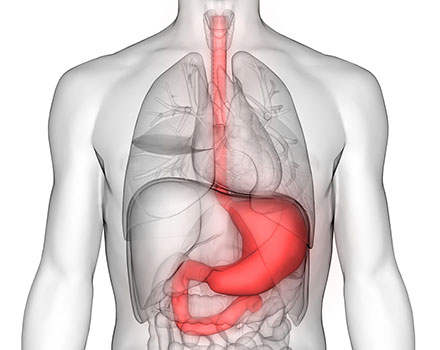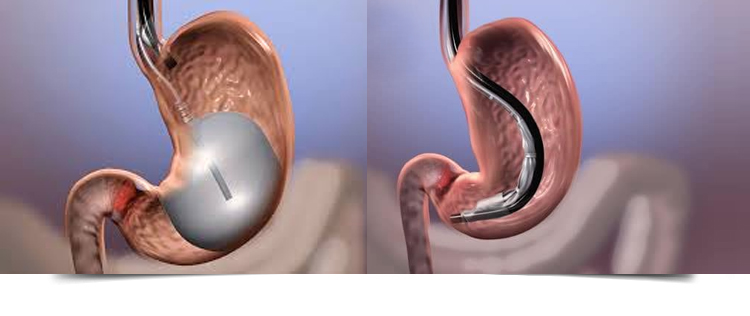EUS guided Celiac Plexus Block/ Neurolysis

Endoscopic ultrasound-guided celiac plexus neurolysis (EUS-CPN) is widely used for reducing pain originating from upper abdominal organs.
It is mainly indicated to treat pancreatic cancer pain, but also to relieve pain as a result of chronic pancreatitis. Real-time guidance and color Doppler imaging by EUS made the procedure easier and safer, resulting in greater pain relief.
Currently, two techniques are used for EUS-CPN. The classic approach, known as the central technique, involves injection of a neurolytic agent at the base of the celiac axis. In the bilateral technique, the neurolytic agent is injected on both sides of the celiac axis
In addition, EUS-guided direct celiac ganglia neurolysis (EUS-CGN) was introduced recently. Pain relief is achieved by EUS-CPN in 70-80% of patients with pancreatic cancer and in 50-60% of those with chronic pancreatitis
The bilateral technique may be more efficient than the central technique, although the central technique is easier and possibly safer. Moreover, EUS-CGN may provide greater pain relief than conventional EUS-CPN.
Procedure-related complications include transient pain exacerbation, transient hypotension, transient diarrhea, and inebriation. Although most complications are not serious, major adverse events such as retroperitoneal bleeding, abscess, and ischemic complications occasionally occur.
Related Services

Dr. Bhavik Shah
Gastroenterologist in Raipur
After finishing his Graduation from prestigious Pravara Institute of Medical Sciences, Loni in 2011, Dr. Bhavik Shah joined Choithram Hospital and Research Centre in Indore.
Our other services
Timings
Mon - Sat (09:00Am - 10:00PM) Sun - (10 am–7 pm)
Phone No
+91-74894 92554
address
1st floor, Indian Chilli Square, Shankar Nagar Rd, opposite Vidya Hospital, Geetanjali Colony, Shankar Nagar, Raipur, Chhattisgarh 492001






